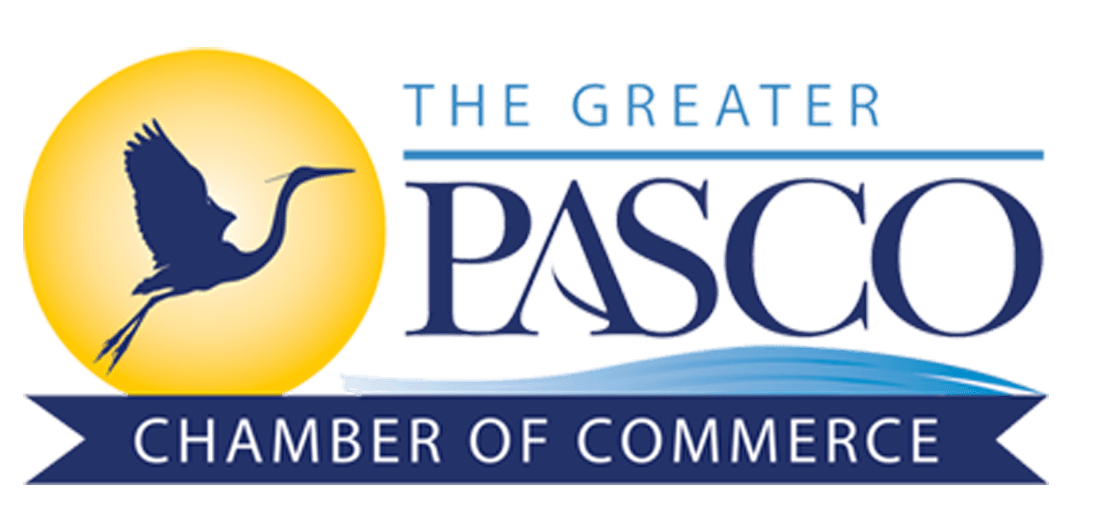Inclusion and accessibility aren’t luxury upgrades—they’re functional essentials that strengthen trust, unlock new markets, and reflect the real diversity of your customer base. But when you run a small business, the idea of “getting accessible” can feel like climbing a mountain with no map. Good news: you don’t need a total overhaul. In fact, some of the most impactful shifts are quiet ones—habit-based, design-conscious, and people-first. The kind that ripple through your brand experience without burning time or budget.
Shift the Culture, Not Just the Policy
It starts internally. Culture isn’t your employee handbook—it’s how people feel when they speak up. And if inclusion lives only in policy language, it doesn’t live at all. As a business owner, you set the tone. Make it normal, not novel, to normalize conversations about accessibility needs. That might mean checking in during team meetings about workplace friction, or letting staff know it's safe to request tools or changes without explanation. Openness isn’t about being perfect—it’s about making it easier to be honest. And when customers see that mindset reflected in how your team moves, it builds permission for them to expect the same care.
Don’t Let Your Layout Become a Gate
Physical accessibility doesn’t always require construction permits. Sometimes, it’s about reconsidering the way your space flows. A checkout counter that's an inch too high. A restroom door that sticks. You don’t need to build a new storefront to make changes that matter. Walk through your space with fresh eyes—or better yet, with someone who uses a mobility aid—and look for snags. Most improvements fall under the category of small layout changes that reduce friction, which are often low-cost, high-impact, and legally recommended. It’s not about meeting minimum code. It’s about removing quiet barriers you might not notice until someone trips over them.
Speak to More People
One of the fastest-growing accessibility tools in 2025? Audio translation. If you offer training videos, tutorials, or customer service content, you might be unknowingly excluding non-English speakers or those with auditory processing needs. But you don’t need a whole localization team to widen your reach. You can now translate spoken content automatically using AI-powered voice dubbing or transcription layers. That means your onboarding video doesn’t have to be remade in six languages—it just needs to be dubbed and captioned well. For small teams, this is a solid choice. It bridges language gaps and signals: “You’re not an afterthought. You belong here.”
Hire Like You Mean It
Inclusivity doesn’t end when the offer letter goes out—it starts long before. If your hiring process unintentionally filters out great candidates, you’re not just limiting opportunity—you’re weakening your team. Start with your job posts. Are they full of jargon? Do they quietly demand “perfect English” or 24/7 flexibility? Take the time to audit phrasing in your job postings so they invite a wider range of applicants. Inclusive hiring isn’t about lowering the bar—it’s about realizing you may have built one that blocks people from even approaching. The goal isn’t to check a box. It’s to find the best person for the role—and remove the invisible hoops that keep them from applying.
Know What You’re Legally Asked to Do (and Then Do More)
You don’t have to be a lawyer to make progress on accessibility. But understanding your legal obligations gives you a solid foundation—and peace of mind. The Americans with Disabilities Act (ADA) outlines what’s considered “readily achievable” for small businesses. That includes simple steps like installing grab bars, lowering shelves, or widening doorways. Even if you’re not currently under review, taking action now protects you later. More importantly, it shows you care. Review what ADA considers readily achievable and treat it as a starting line—not the finish.
Let Feedback Be the Map, Not the Threat
Most accessibility upgrades come from listening. But if your feedback channels are clunky—or worse, nonexistent—you’ll miss the signals. Build intentional space for people to tell you what’s not working. That could be a form on your site, a follow-up email, or a handwritten sign by the register. What matters is that it’s easy to use and safe to answer honestly. Customers won’t always say, “This feature doesn’t serve me.” But they might leave—and you’ll never know why. Instead, create low-friction ways to collect feedback that help you spot patterns, catch gaps, and make repairs before they become regrets. The more you learn, the better your systems get. It’s not about being perfect—it’s about being reachable.
You don’t need a rebrand to be more inclusive. You don’t need a budget line called “accessibility overhaul.” What you need is rhythm—consistent attention to where things snag, who’s being left out, and what it costs you (and them) to ignore it. Accessibility isn’t a fixed checklist. It’s an evolving posture of care. And when you embed it into the bones of your business—one paragraph, one layout tweak, one policy shift at a time—you don’t just include more people. You invite them to stay.
Boost your business and connect with like-minded professionals by joining the Greater Pasco Chamber of Commerce today!


